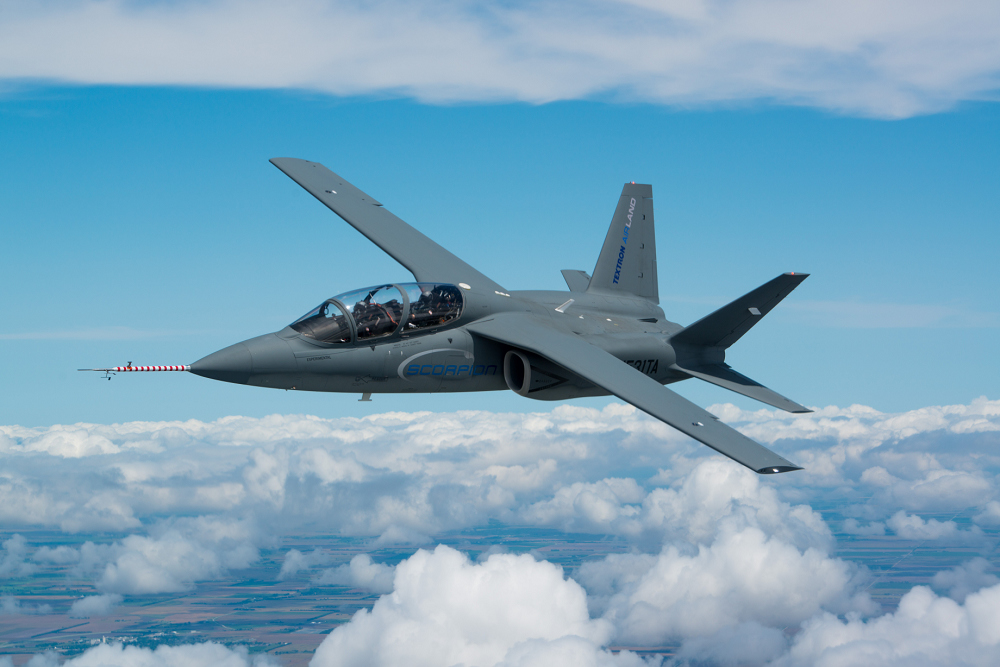- Reaction score
- 6,324
- Points
- 1,260
I think the point is that Prime Minister Trudeau, if he wants to keep his "Zero F-35 fighters" promise, does have credible options ... he's not just talking through his hair hat.

SupersonicMax said:So, $107M each huh.
dapaterson said:What ahs rarely been discussed is the lack of control Canda would have if we purchased F35s. American control over software means that F35 users will be surrendering freedom of action; without US approval, missions will not be flown.
How much is national sovereignty worth?
dapaterson said:What ahs rarely been discussed is the lack of control Canda would have if we purchased F35s. American control over software means that F35 users will be surrendering freedom of action; without US approval, missions will not be flown.
How much is national sovereignty worth?
dapaterson said:What ahs rarely been discussed is the lack of control Canda would have if we purchased F35s. American control over software means that F35 users will be surrendering freedom of action; without US approval, missions will not be flown.
How much is national sovereignty worth?
PuckChaser said:I can think of literally hundreds of other systems that rely solely on US R&D as we simply don't have the capacity to build equivalents or would be playing 20 years of scientific catchup. Major ones off the top of my head from the signals world is tactical radio equipment and encryption devices. There's a reason we're leaning on buying everything from Harris, look at the gongshow the TCCCS system was when we did it ourselves.
Thucydides said:Well, here is a solution that should satisfy everyone >

What has rarely been discussed is the lack of control Canda would have if we purchased F35s. American control over software means that F35 users will be surrendering freedom of action; without US approval, missions will not be flown.
How much is national sovereignty worth?
F-35 Customers Funding U.S.-Based Software Update Labs
Foreign air forces using the Lockheed Martin F-35 Joint Strike Fighter are being compelled to build and fund $150 million software laboratories, based in the U.S. and almost 50% staffed by U.S. personnel, that generate data crucial to the fighter’s ability to identify new radio-frequency threats.
This regime is more stringent and far-reaching than earlier U.S. fighter export deals. Those usually withheld key software — known as source code — from the customer, but in most cases allowed local users to manage their own “threat libraries,” data that allowed the electronic warfare (EW) system to identify radio-frequency threats, with in-country, locally staffed facilities.
For the U.K. in particular, the reliance on U.S.-located laboratories looks like a pullback from its earlier position. In 2006, concern over access to JSF technology reached the national leadership level, and prompted a declaration, by U.S. President George W. Bush and U.K. Prime Minister Tony Blair, that “both governments agree that the U.K. will have the ability to successfully operate, upgrade, employ, and maintain the JSF such that the U.K. retains operational sovereignty over the aircraft.”
That promise seemingly contrasts with the severe limits now being imposed on non-U.S. access to the system.
Concerns about the lack of sovereignty and access to the core system — since customer laboratory personnel will not be co-located with operating units — are being voiced. A retired senior officer with the Royal Air Force comments that “the non-U.S. operators are going to have to take a very great deal on trust. Further, ‘rubbish in – rubbish out’ is still going to hold sway and I doubt that the non-U.S. customers will be able to check what is going in.” Security arrangements “seem to go a lot further and deeper” than on earlier platforms, he says...
http://aviationweek.com/defense/f-35-customers-funding-us-based-software-update-labs
Well I still haven't seen a viable argument as to why a single engine aircraft would not be considered suitable for the NORAD mission, and I do know a bit about RAMD.Kilo_302 said:Not an expert by any stretch, but I still haven't seen a viable argument as to why a single engine aircraft would be considered suitable for the NORAD mission.
Kilo_302 said:Not an expert by any stretch, but I still haven't seen a viable argument as to why a single engine aircraft would be considered suitable for the NORAD mission.

Chris Pook said:Or these?
dapaterson said:What ahs rarely been discussed is the lack of control Canda would have if we purchased F35s. American control over software means that F35 users will be surrendering freedom of action; without US approval, missions will not be flown.
How much is national sovereignty worth?

